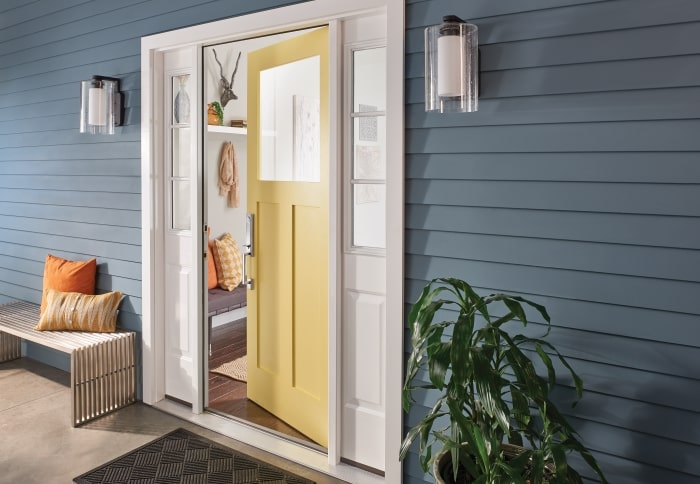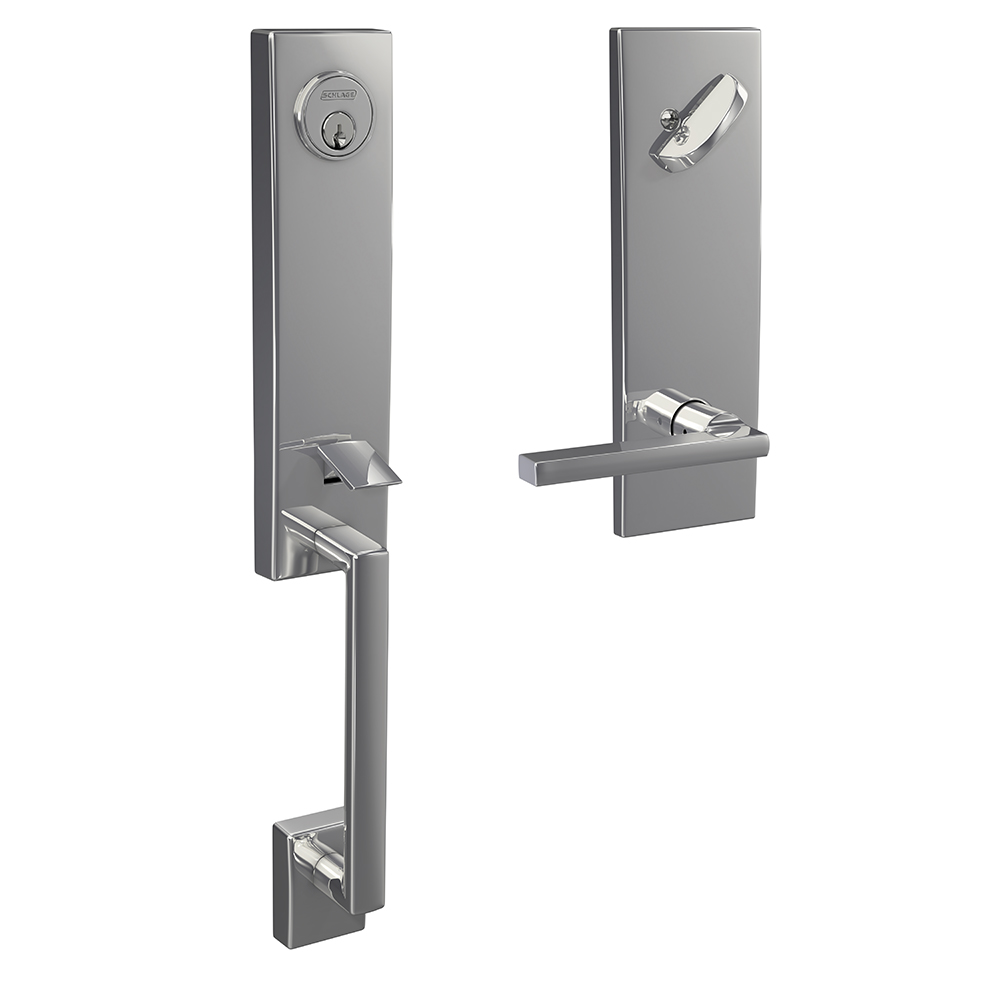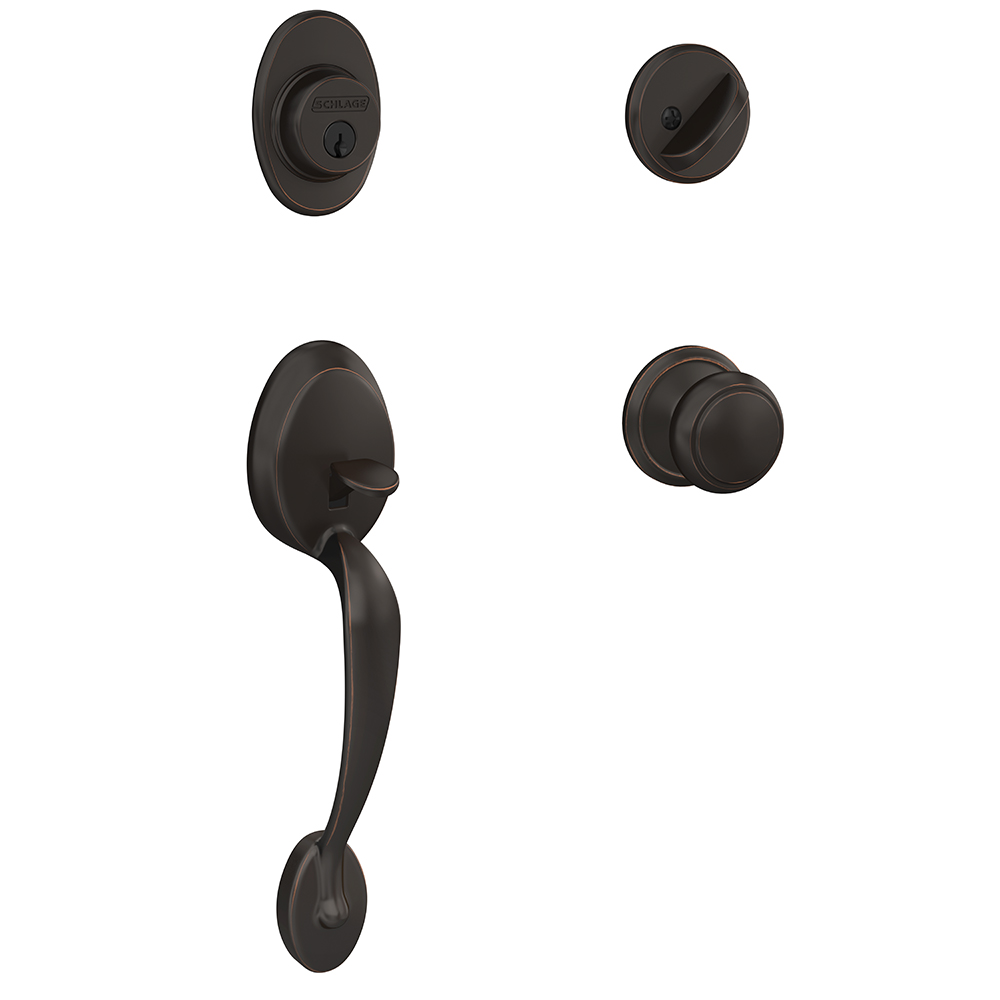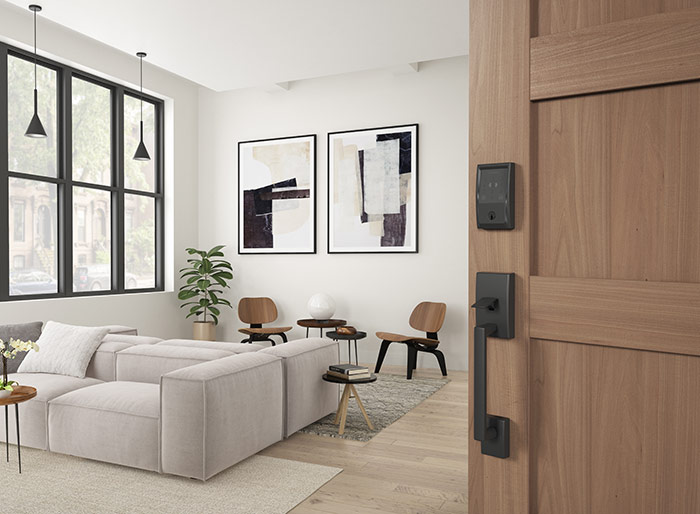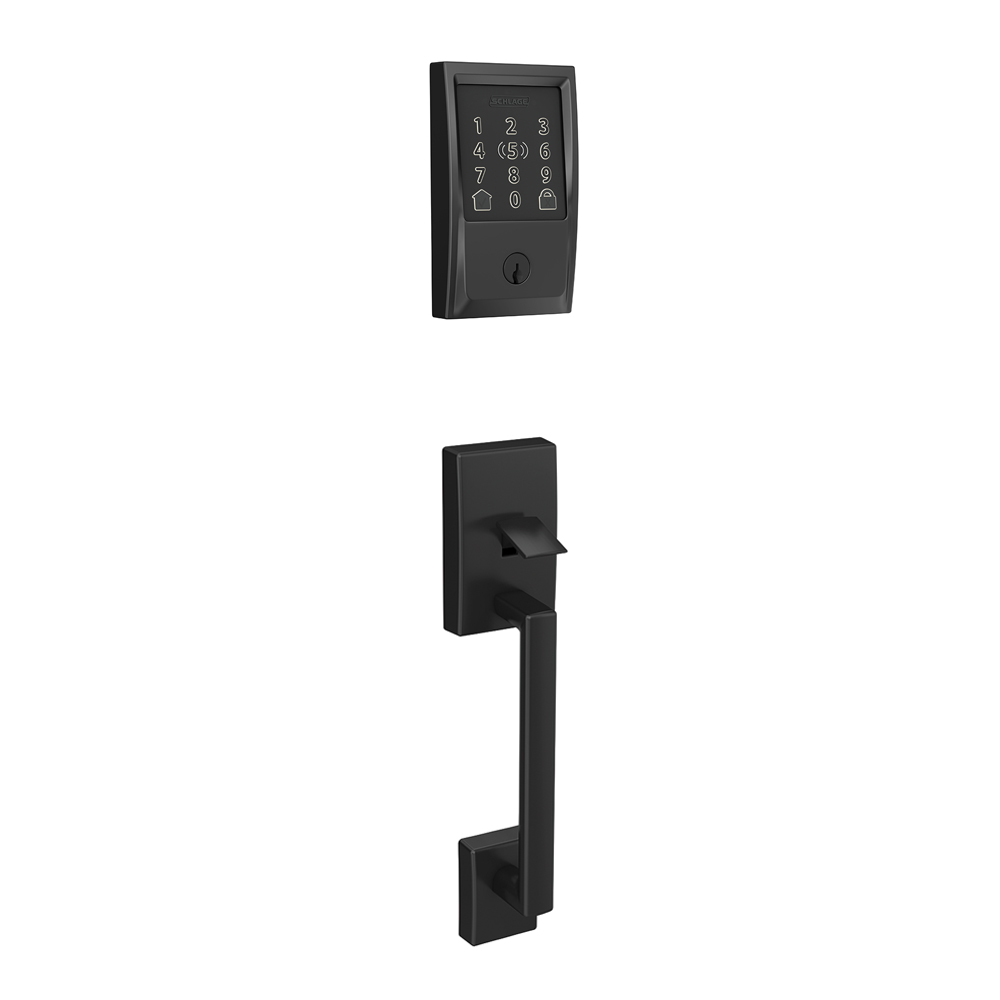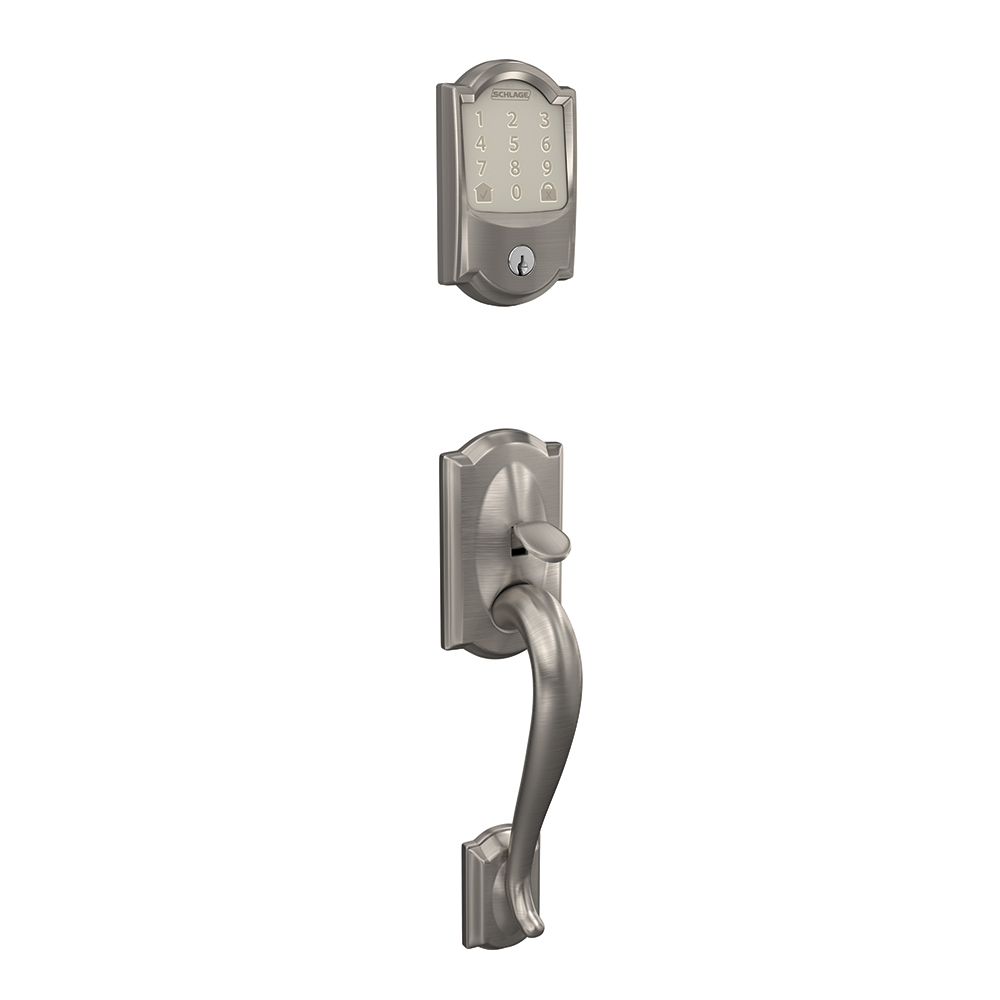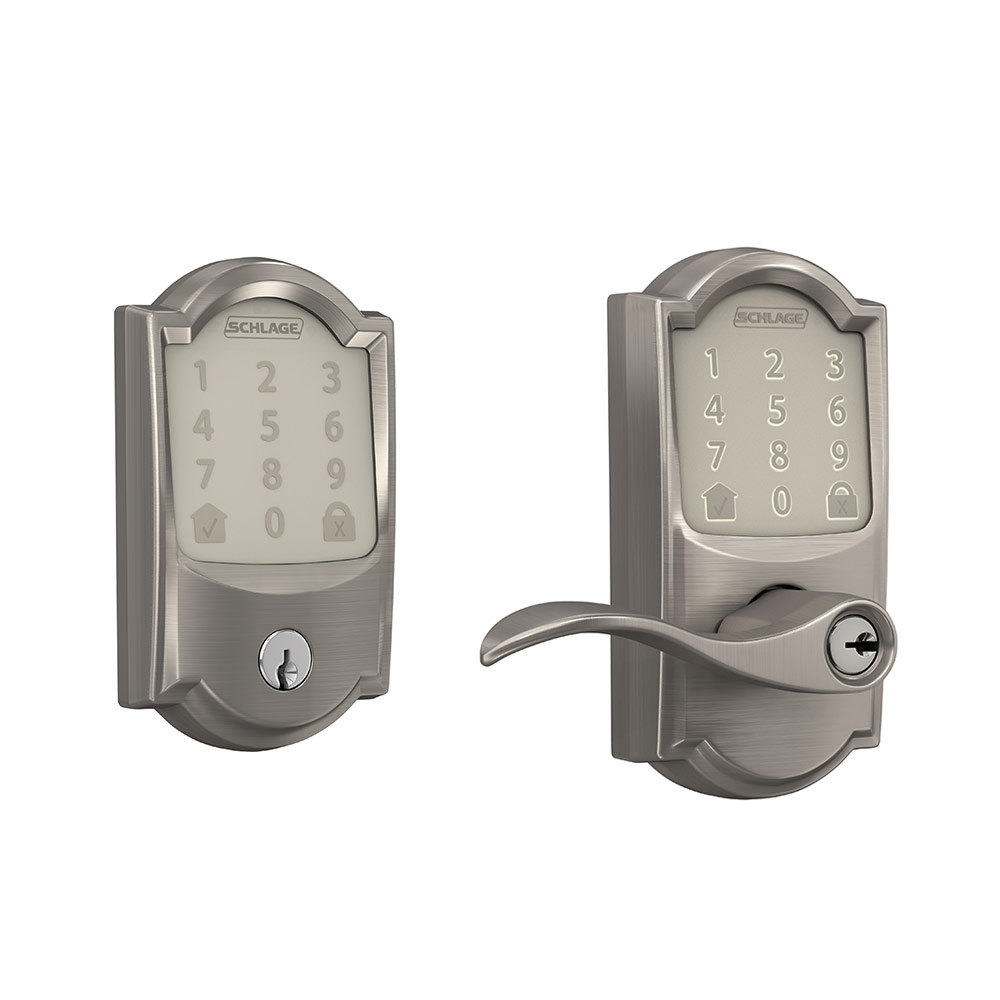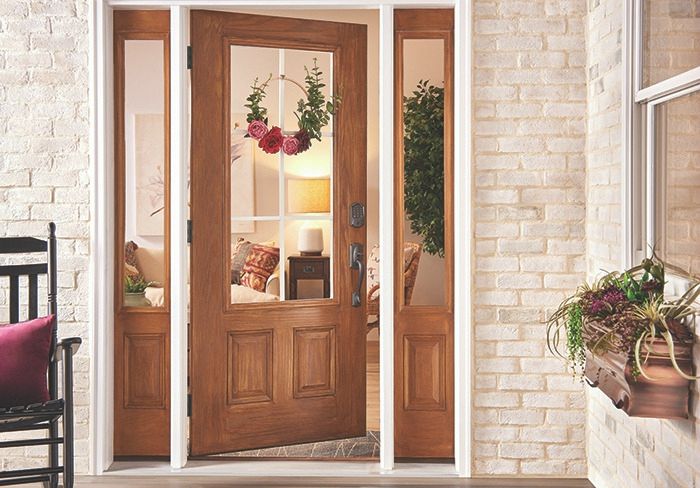Friday, March 10, 2023
Whether you’re buying your first home or have been around the block a time or two, knowing real estate terms will work to your advantage. Use this list to help you interpret real estate listings.

Common real estate listing terminology
All original details
All original details: This could be original hardwood flooring, molding and other architectural details – perfect if you’re looking for a charming, historically accurate house. Make sure those original details are still in good condition, though.
As-is
As-is: What you see is what you get. The seller is not willing to make any repairs before you move in, even for something that turns up during the home inspection. There could be several reasons a seller lists the house “as-is” and the good news is that not all of them are bad. The condition will usually be reflected in the price.
Active with contract (AWC)
Active with contract (AWC): If you see a listing or your agent says a home is active with contract, know that the seller has already accepted an offer on the house but is still entertaining other offers in case the original one falls through.
Back on market (BOM)
Back on market (BOM): The house has gone back on the market after issues with a contract on a prior pending sale.
Conventional sale
Conventional sale: This is often an easier transaction than other kinds of sales because there is no existing mortgage on the property or the homeowner owes less on their mortgage than what they could sell the property for.
Cozy/charming/quaint
Cozy/charming/quaint: These can all be code words for a really small house with tiny, if any, closets.
Easement
Easement: A property with an easement means that another person has legal rights to use that property even while the title is still in the owner’s name. This is often the case in situations like paths to public space or beach access.
Gross living area
Gross living area: Related to square footage, gross living area (GLA) indicates how much of the home is actual living space. An unfinished basement, for example, would be included in the home’s square footage but not the GLA measurement.
Hidden gem/hidden potential/opportunity
Hidden gem/hidden potential/opportunity: If you don’t want a fixer-upper, avoid hidden gems with hidden potential or that are full of opportunity. That’s sometimes code for “needs a lot of work.
Lovingly maintained
Lovingly maintained: A sign that the current homeowner has lived there for quite a long time, “lovingly maintained” often means the house is clean and well-cared for but not updated with modern appliances or décor.
Traditional vs. Modern
Traditional vs. Modern: There’s nothing wrong with a traditional home, but beware the listing that uses the word to hide that it’s old and unkept. A home described as modern can be any number of things. It could be an older home with updated plumbing and electrical systems. Or it could be one recently built in a suburban neighborhood.
Motivated seller
Motivated seller: The homeowner is trying to sell and move quickly, which could work to the buyer’s advantage in terms of price. A seller may be highly motivated because they’ve already closed on another house or need to relocate quickly for work. However, it could also be because of a problem with the house that they’re just completely over dealing with. Find out why they’re motivated before you sign anything.
Priced to sell
Priced to sell: This is usually a seller’s way of saying they aren’t open to negotiating or that they’ve already reduced the price. An offer below the asking price could prevent you from getting the house.
Conventional sale
Conventional sale: This is often an easier transaction than other kinds of sales because there is no existing mortgage on the property or the homeowner owes less on their mortgage than what they could sell the property for.
Move-in ready vs. Handyman special
Move-in ready vs. Handyman special: Move-in ready means that you don’t have to do a thing to make it livable. Appliances and fixtures up to code, although they may or may not be top-of-the-line. Expect to pay extra for this. A handyman special or investor special, on the other hand, is going to require lots and lots of work. You better have some serious DIY skills or be ready to get a contractor and pay the pros to make it your dream house. If there are only pictures of the house’s exterior, beware.
One of a kind
One of a kind: Pay attention to this phrase as a potential red flag. You might like unique and eccentric, but a “one of a kind” house can often mean there’s something so different about it that it’s difficult to live in. Similarly, “fanciful” means it’s just going to be weird.
Real estate owned (REO)
Real estate owned (REO): A house that is REO is owned by a bank, government agency or lender. You usually see this after a failed foreclosure auction or short sale.
Real property
Real property: You may see reference to real property, which in addition to the home, includes land with anything permanent on it, such as trees, fences and other buildings like a shed.
Short sale
Short sale: Not to be confused with a sale that takes little time, a short sale house is one in which the homeowner is selling their house for less than they owe on the mortgage. It may or may not happen with a foreclosure.
Vibrant neighborhood
Vibrant neighborhood: This sounds exciting, but it’s also vague. Vibrant could mean lively restaurants and fun, quirky shops nearby. It could also mean a bus stop on your front porch. It’s also worth being cautious about listings in a “quiet neighborhood” since that could mean any number of things in reality.
Real estate acronyms
While you probably know BD or BR is bedroom and HOA stands for Homeowner’s Association, a few other acronyms may be less obvious.
- AEK: All electric kitchen
- ATT: Attached garage
- CH: Central heat
- CPT: Carpet or carport
- D/D: Dishwasher and garbage disposal
- DK: Deck
- EXR: Exercise room
- F/Fin BSMT: Fully finished basement
- FP: Fireplace
- HDW: Hardwood floors
- LA: Living area
- NAT GS HT: Natural gas heat
- SEC: Security system
- S/P: Swimming pool or A/G PL for above-ground pool
Find more real estate resources at Schlage.com and tips for moving and settling into your new home at the Schlage blog.




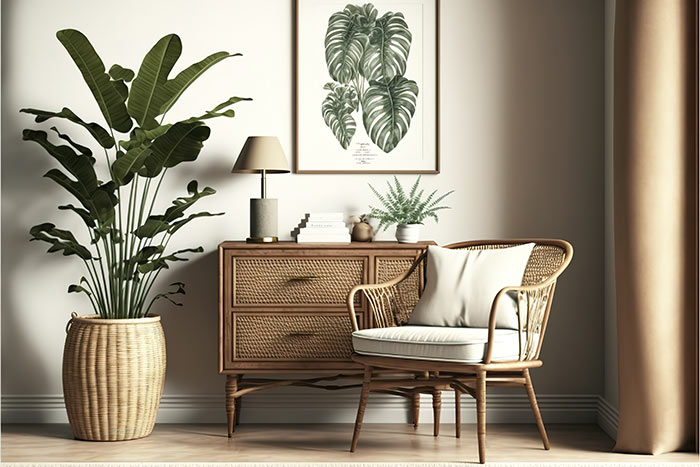
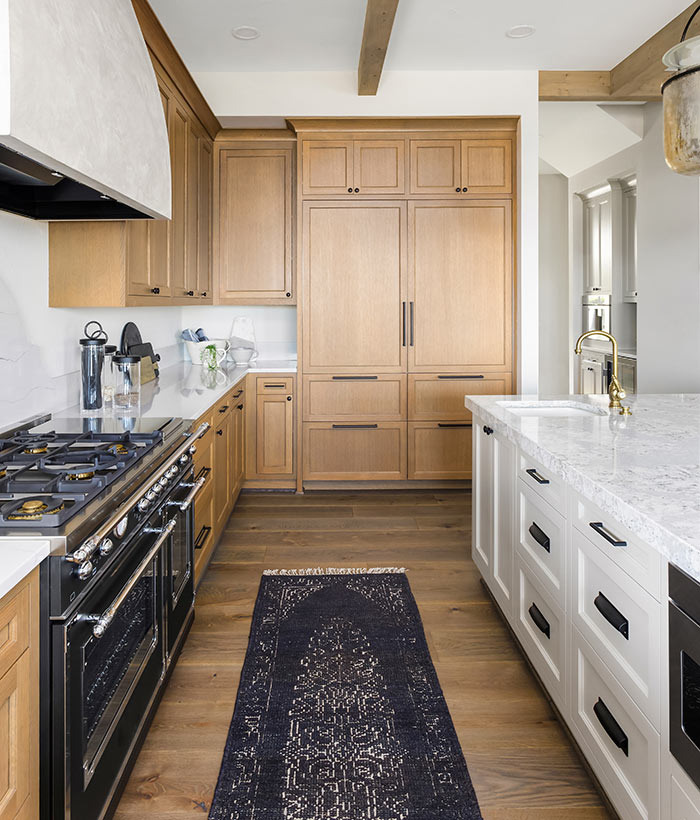
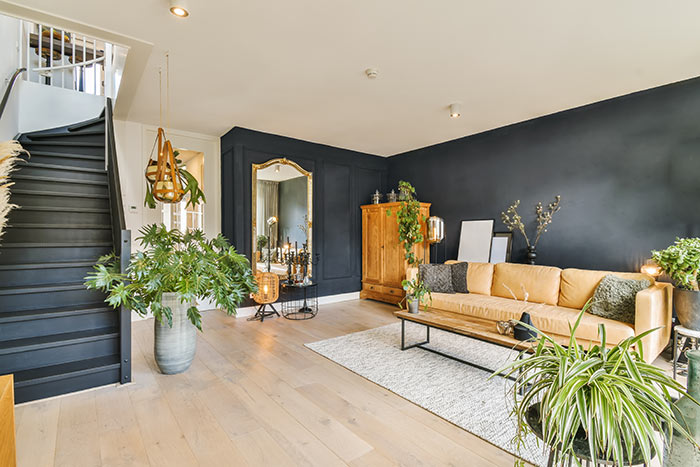
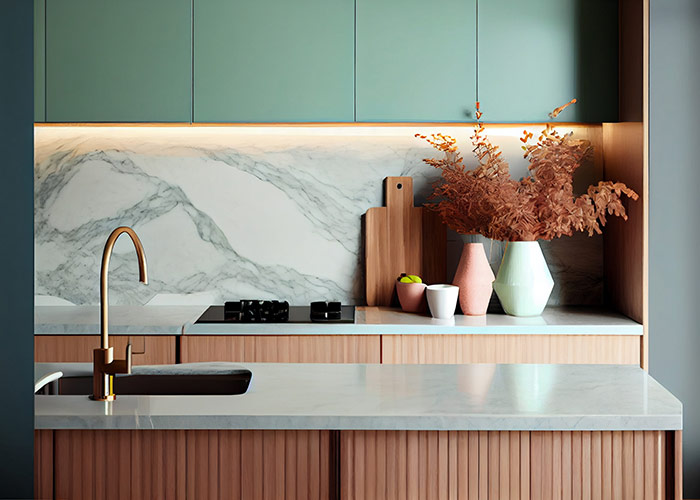
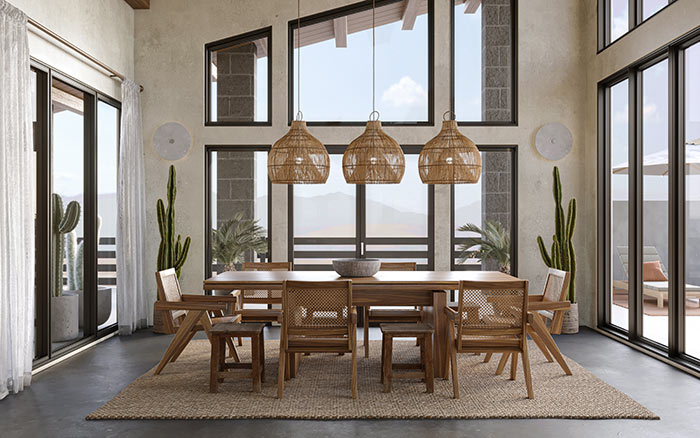
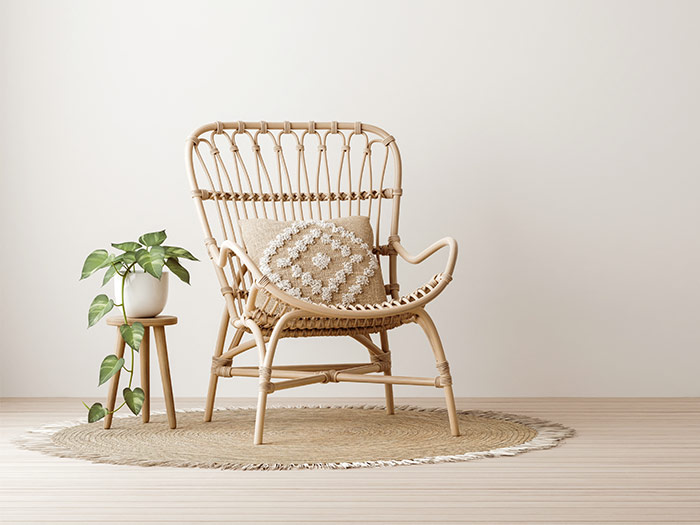

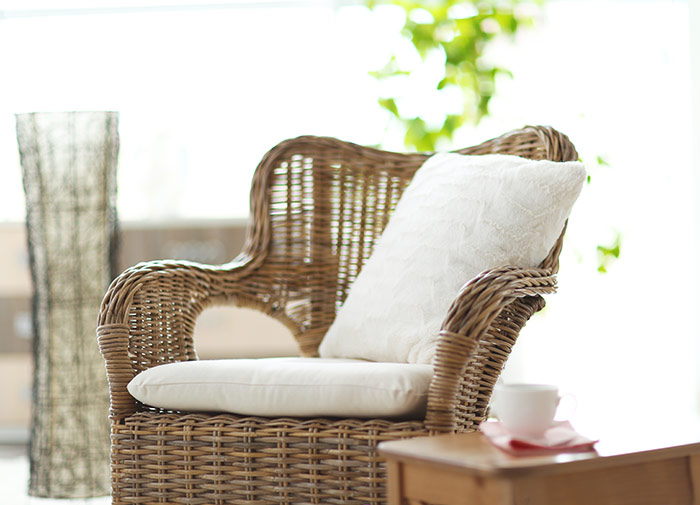

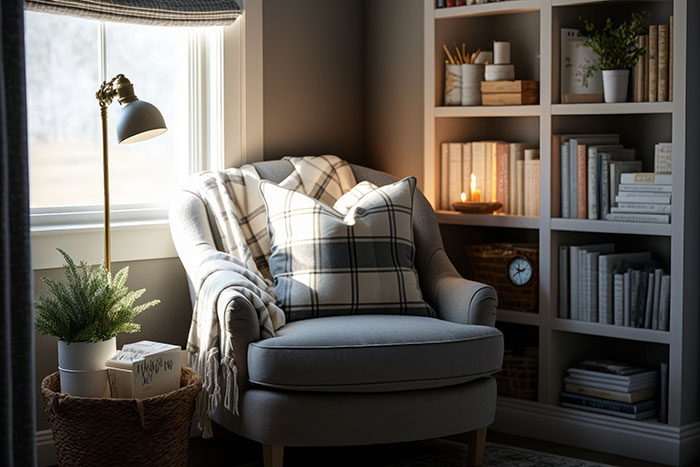

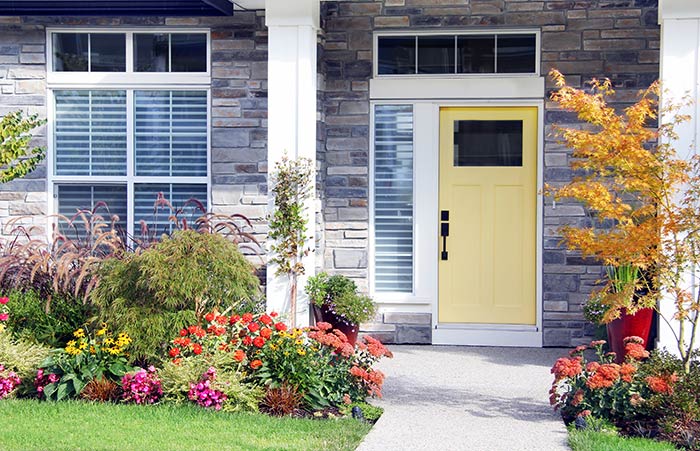

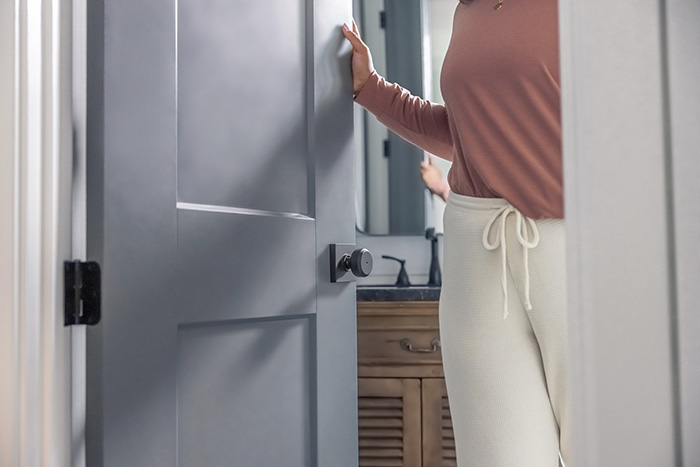
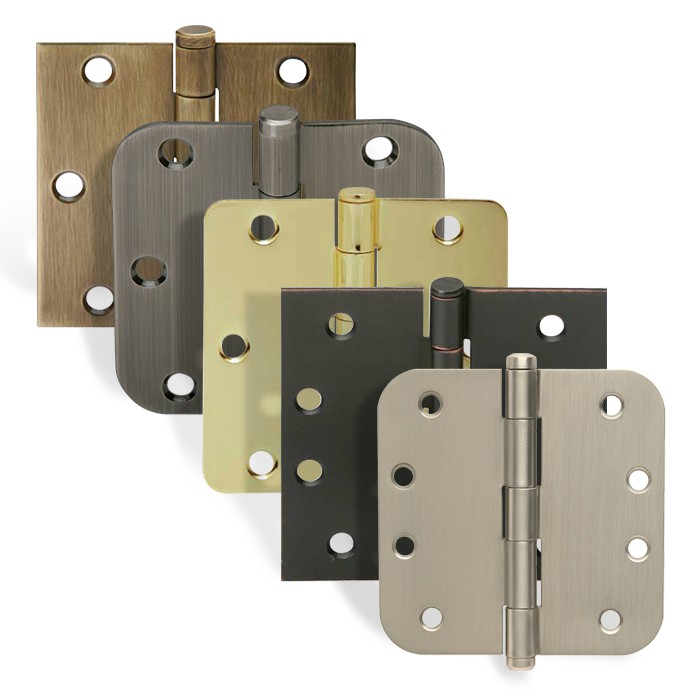

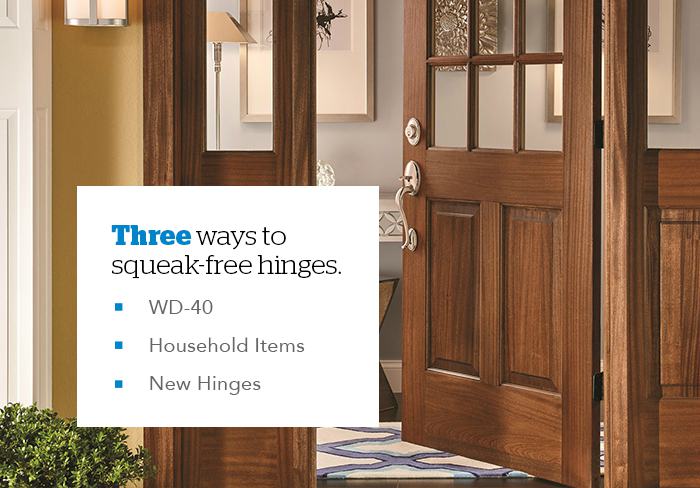

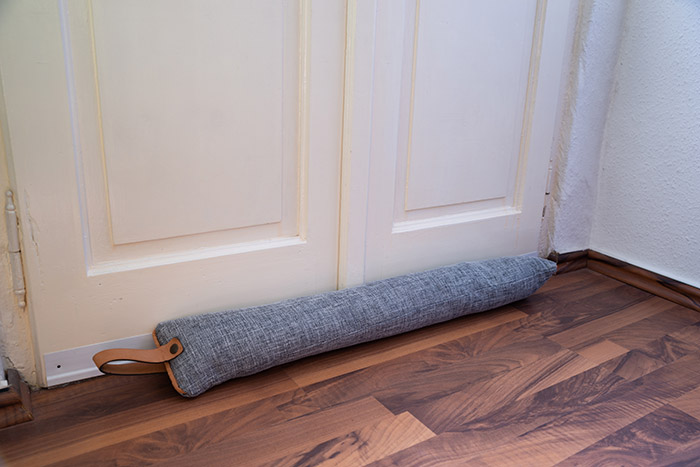

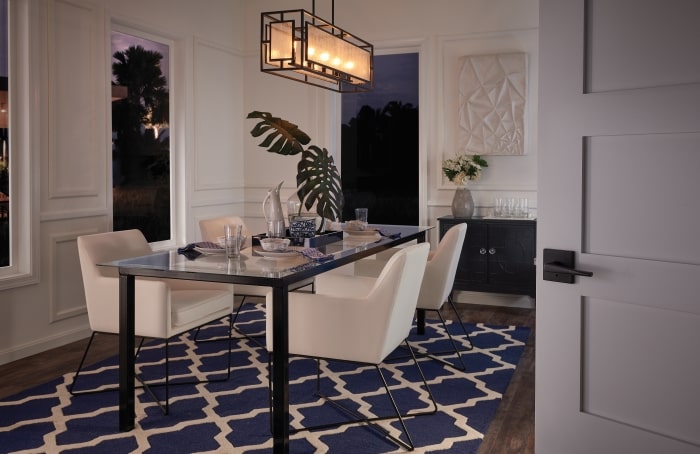
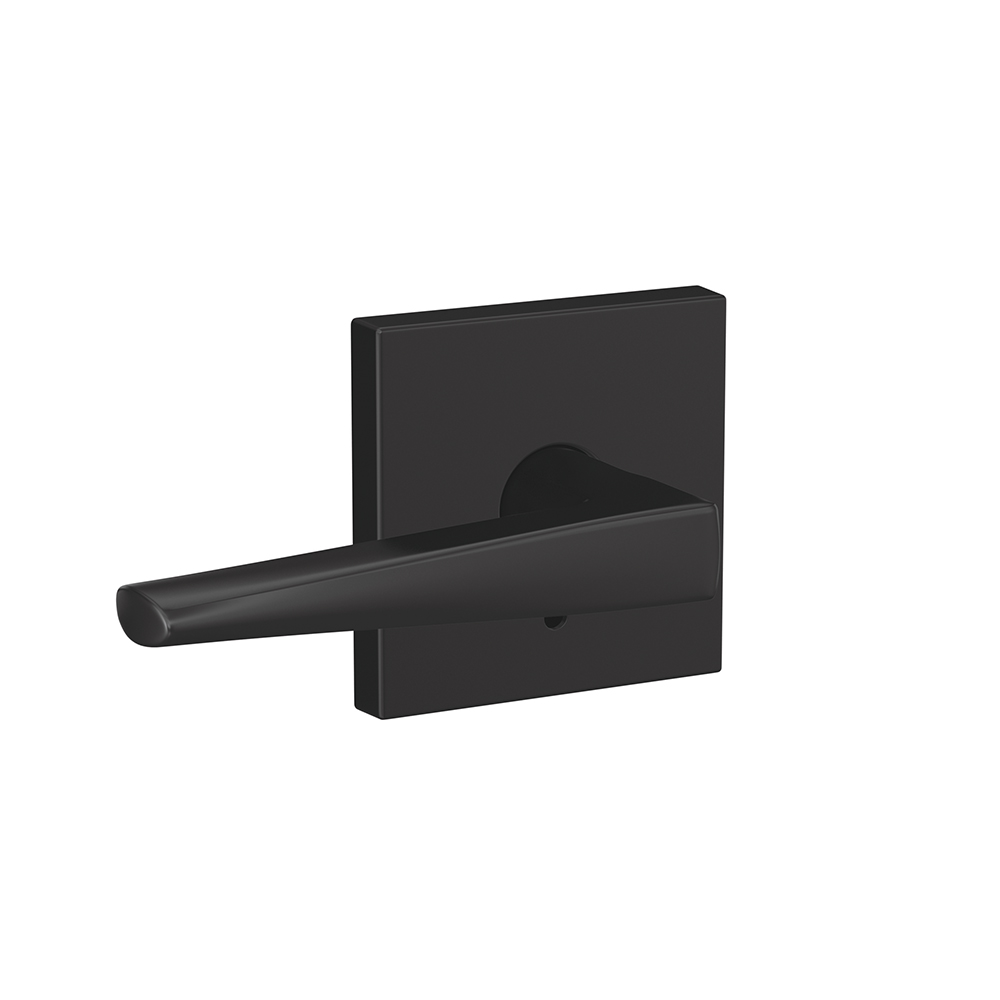
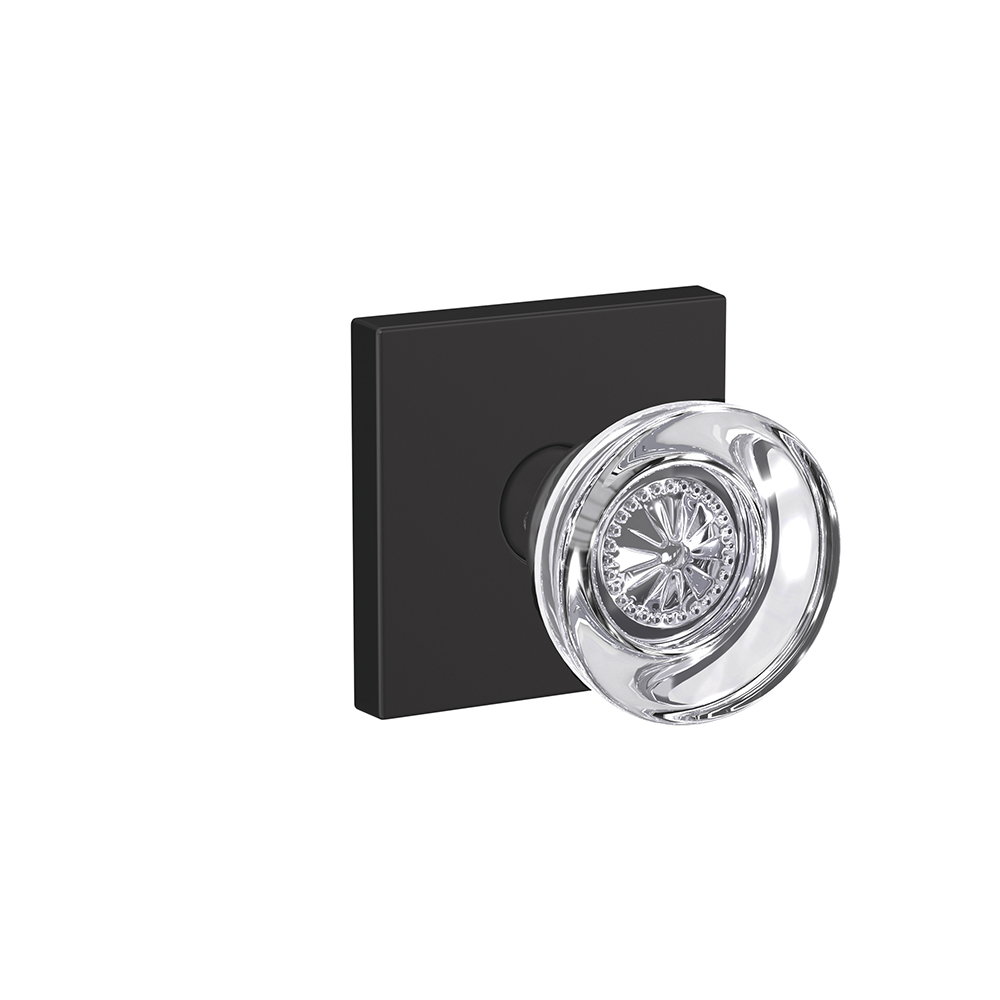
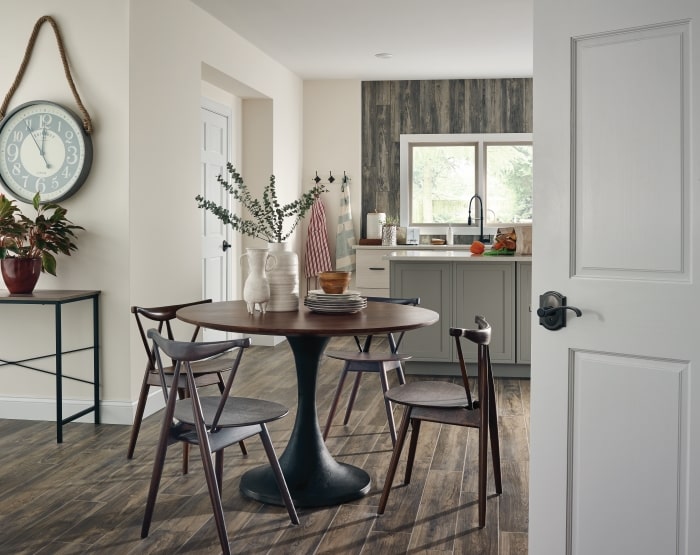
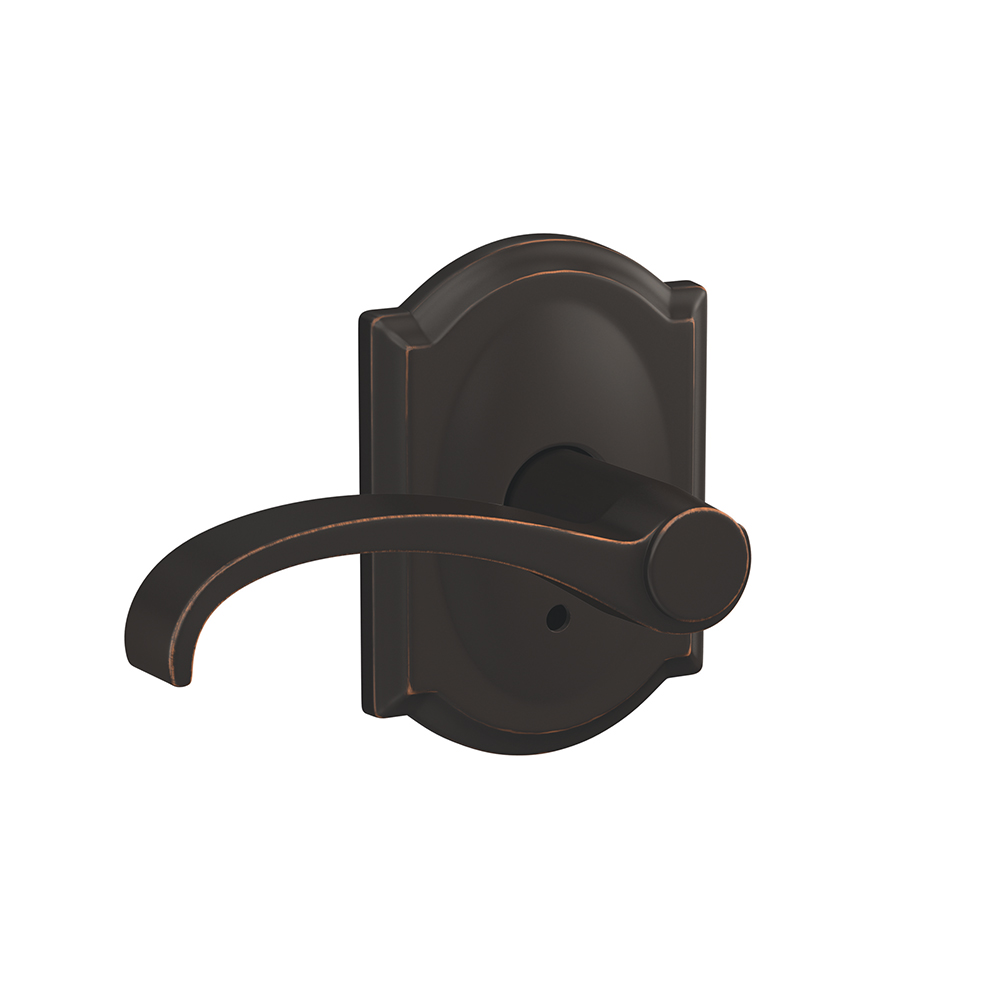
/F10_SIE620_GEO_EXT_SL.jpg)
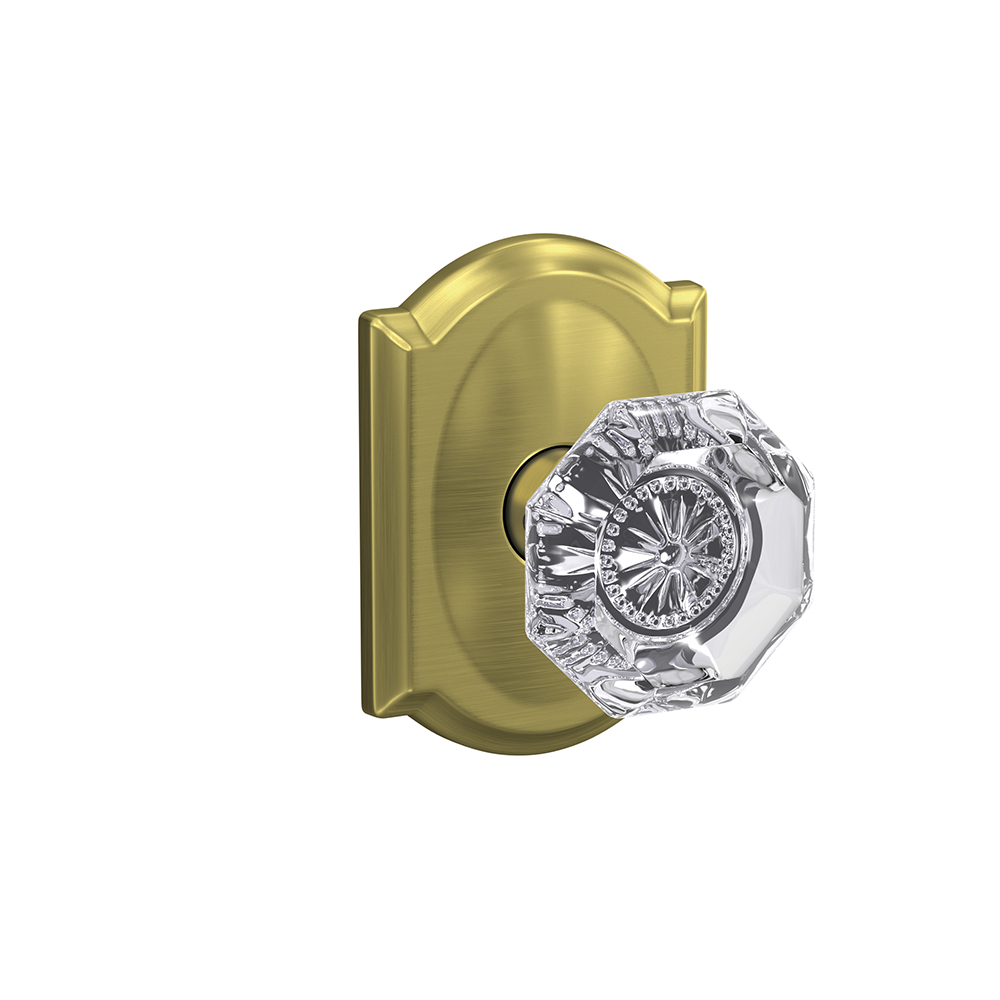
/F10GEO609ADD.jpg)
